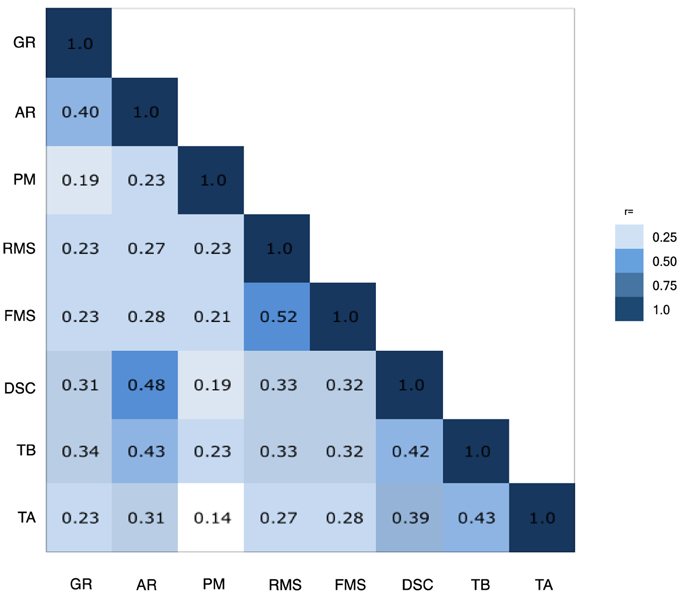

Low processing speed and working memory are often associated with ADHD students whose GAI falls in the gifted range but who have low processing speed and working memory should be evaluated for any twice-exceptionalities. I’ve also seen significant variation in assessed IQ when students in need of early intervention, speech therapy, OT services, other support services received those services and were later re-evaluated. How old was your child during the first evaluation? IQ assessments done before age 6 aren’t considered as reliable, and I’ve seen significant variation in scoring from students who had IQ tests done at 4 or 5 versus their achievement later in childhood. It’s not typical to see such significant changes however, some factors may contribute to this. Very conscientious students, students with testing anxiety, or perfectionists often score lower on PSI regardless of how “fast” they may process information.

A low Processing Speed Index indicates that a child took longer than average to complete certain tasks. Individuals with slower processing speeds typically require more time to complete school work and other daily tasks.

Testers are given specific tasks to complete along in set amounts of time. The Processing Speed Index measures how quickly an individual processes new information.

Individuals with poor working memory may require more repetition when learning new material.
Arithmetic subtest stronger than digit span series#
Testers are provided with a series of information and asked to recall the information. The Working Memory Index measures an individual’s ability to register, maintain, recall, and manipulate both visual and auditory information during a short period of time. Questions on this section of the test ask the tester to complete a matrix or series, typically a visual pattern. The Fluid Reasoning Index measures an individual’s ability to identify relationships among visual objects. The questions on this section of the test typically ask students to construct geometric designs from a model, identify distinguishing details between two similar images, etc. The Visual Spatial Index measures an individual’s ability to assess visual details and identify visual spatial relationships or patterns. Questions on this section of the test assess: word knowledge acquisition, information retrieval (storing and recalling information), ability to reason/solve verbal problems, and communication of knowledge. The Verbal Comprehension Index measures an individual’s ability to process, assess, and apply word, or verbal, knowledge. Significant discrepancies between a child’s FSIQ and GAI may indicate a learning disability. You may also receive a GAI score which is similar to an FSIQ however, it places less weight on working memory and processing speed. When we talk about an individual’s “IQ,” we are generally referring to their FSIQ score. A Full-Scale Intelligence Quotient (FSIQ) is generated based on seven subtests: Similarities, Vocabulary, Block Design, Matrix Reasoning, Figure Weights, Digit Span, and Coding. The WISC-V generates five composite scores including Verbal Comprehension (VCI), Visual Spatial Index (VSI), Fluid Reasoning Index (FRI), Working Memory Index (WMI), and Processing Speed Index (PSI).


 0 kommentar(er)
0 kommentar(er)
